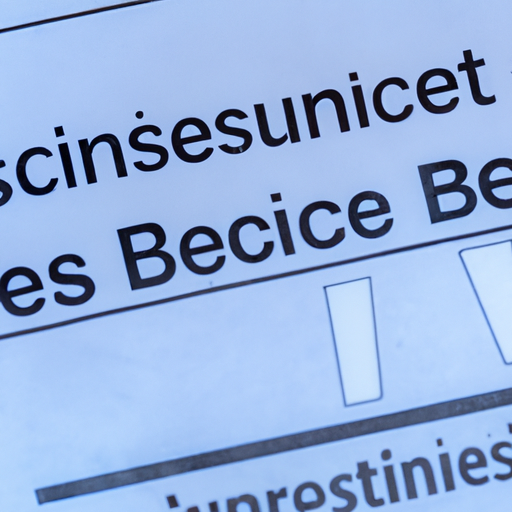Check Use Persists in B2B, Despite Digital Acceptance
In the age of digital transformation, where new technologies and digital payment methods are rapidly gaining acceptance, the use of checks still persists in the business-to-business (B2B) landscape. Despite the convenience and efficiency of digital transactions, many companies continue to rely on this traditional form of payment.
With the advancement of online banking, electronic fund transfers, and virtual payment solutions, one might assume that checks would become obsolete. However, several factors contribute to their ongoing prevalence in the B2B sector.
Reasons for Check Persistency
1. Security Concerns: Checks offer a sense of security for B2B transactions, as they provide a physical record of payment. This tangible proof can be reassuring for businesses, especially when dealing with large sums of money.
2. Business Relationships: B2B transactions are often built on long-term relationships between companies. Checks serve as a familiar and trusted payment method, enhancing the sense of reliability and accountability between partners.
3. Reconciliation and Record-Keeping: Many businesses have established infrastructure and processes in place to handle checks efficiently. Checks simplify the reconciliation process and provide a clear paper trail for accounting records.
4. Avoiding Transaction Fees: In certain circumstances, especially for higher-value transactions, the fees associated with digital payments can be significantly higher than those for processing checks. This cost-saving factor influences businesses to choose checks over digital methods.
The Impact of Digital Acceptance
While checks persist, there is undoubtedly a growing shift towards digital payment methods in the B2B landscape. The benefits associated with digital transactions cannot be ignored:
- Speed and Efficiency: Instantaneous transfers, automated processes, and real-time tracking offer greater efficiency and faster payment cycles.
- Reduced Error Margin: Manual data entry and potential human errors are minimized with digital payments.
- Cost Savings: Digital payments reduce the administrative costs associated with check handling, printing, and mailing.
Despite these advantages, a complete transition from checks to digital payments will take time. Factors such as varying technological adoption rates across businesses, regulatory requirements, and the inertia of existing processes contribute to the continued use of checks.
In conclusion, while digital acceptance in B2B transactions is on the rise, checks remain a persistently used form of payment. Security concerns, established business relationships, reconciliation processes, and cost-saving considerations contribute to their ongoing prevalence. However, the benefits of digital payment methods are gradually shifting the B2B landscape towards a more efficient and technologically advanced future.
For further information on digital payment solutions and the evolving B2B landscape, please visit www.example.com.
